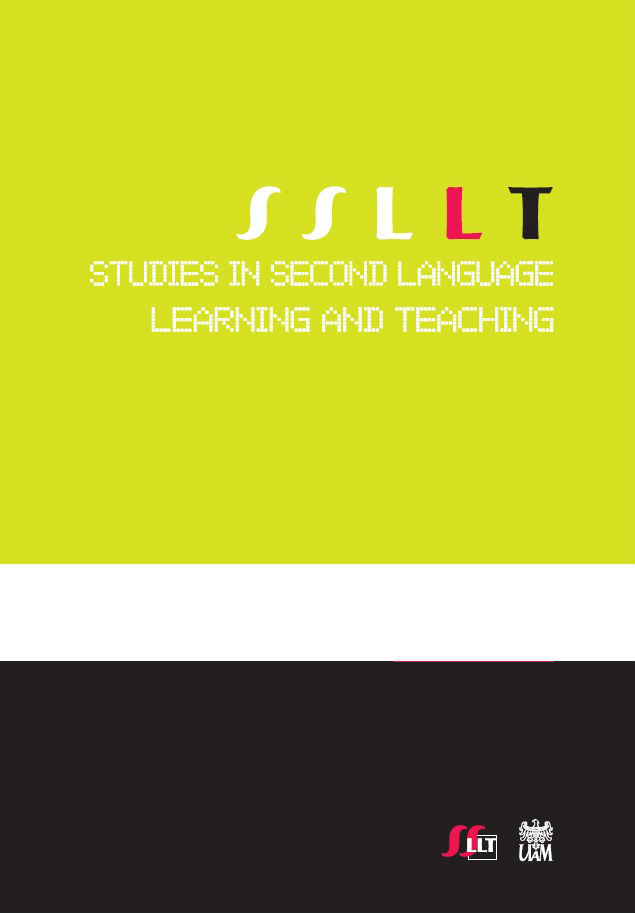Teaching the English active and passive voice with the help of cognitive grammar: An empirical study
Teaching the English active and passive voice with the help of cognitive grammar: An empirical study
Author(s): Jakub Bielak, Mirosław Pawlak, Anna Mystkowska-WiertelakSubject(s): Language and Literature Studies
Published by: Wojskowe Biuro Historyczne im. gen. broni Kazimierza Sosnkowskiego
Keywords: pedagogical application of cognitive grammar; active and passive voice; reference point model;subject; topic
Summary/Abstract: Functionally-oriented linguistic theories such as cognitive grammar (CG), offer nuanced descriptions of the meanings and uses of grammatical features. A simplified characterisation of the semantics of the English active and passive voice grounded in CG terms and based on the reference point model is presented, as it is the basis of the instructional treatment offered to one of the groups in the quasi experimental study reported in the paper.The study compares the effects of feature-focused grammatical instruction covering the form and meaning/use of the English voices based on CG with those of teaching based on standard pedagogical grammar rules. The results point to relatively high effectiveness of both instructional options in fostering the use of the target structures in both more controlled and more spontaneous performance, with traditional instruction being more successful than that based on the CG with respect to the latter. A possible explanation of this superiority is that the subset of the participants (n=27) exposed to the traditional explanations found them simple and easy to apply, contrary to the situation in the other group.
Journal: Studies in Second Language Learning and Teaching
- Issue Year: III/2013
- Issue No: 4
- Page Range: 581-619
- Page Count: 38
- Language: English

